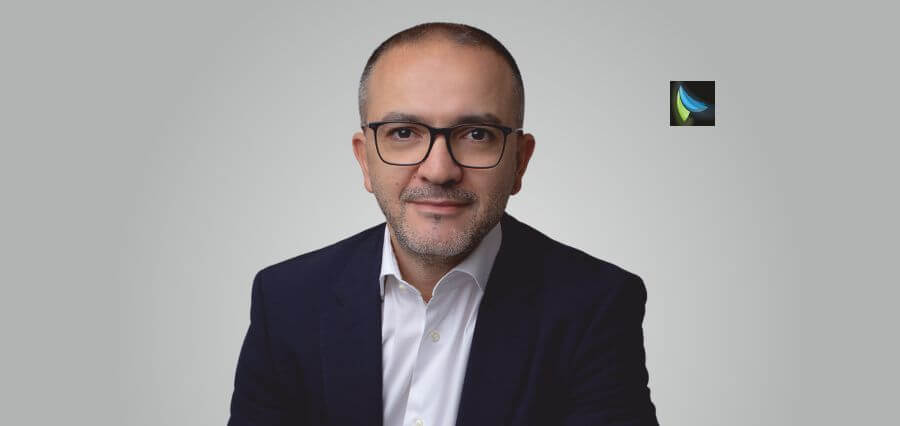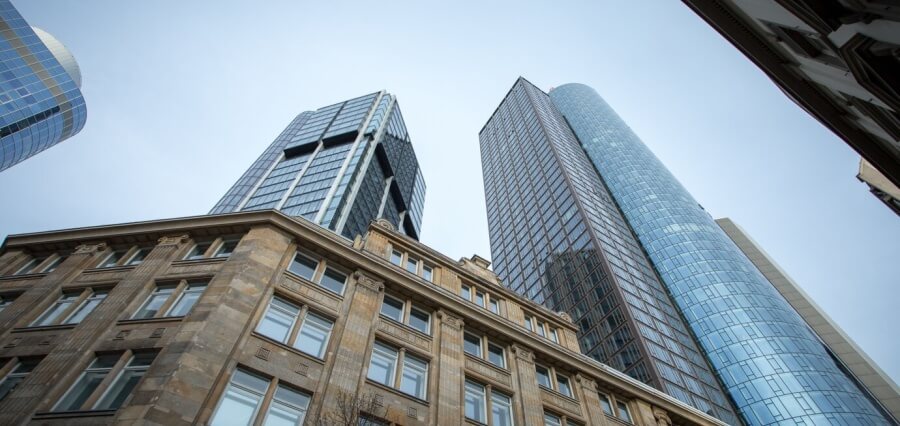London’s real estate market is one of the most dynamic and complex in the world, reflecting the city’s status as a global financial hub and cultural epicenter. The demand for property in London is perpetually high, driven by the city’s status as a world-leading center for finance, arts, and education. This demand is juxtaposed against an acute scarcity of developable land, owing to both geographical constraints and rigorous preservation laws that protect much of London’s iconic skyline and heritage sites. This has led to soaring property prices and rents, making London one of the most expensive cities in the world to live and work in.
Moreover, the complexity of navigating London’s real estate market is compounded by its diverse range of property types and zoning laws. From ultra-modern high-rises in Canary Wharf to historic estates in Belgravia, the market includes a wide array of real estate offerings. Each borough has its own unique character and planning regulations, requiring investors and developers to possess sophisticated local knowledge and expertise.
Navigating London’s competitive real estate market demands a high level of savvy from companies aiming not just to survive but to thrive and leave a lasting legacy. Throughout Greycoat Real Estate’s nearly five-decade presence in the London real estate market, it has demonstrated a remarkable ability to adapt and transform. Over the years, it has adeptly navigated the complexities of one of the world’s most dynamic real estate markets, evolving its business model in response to changing economic trends and regulatory environments.
Despite these changes, Greycoat has never strayed from its London roots. The city’s unique architectural heritage, combined with its global economic stature, has continuously influenced Greycoat’s projects. The company has played a hand in shaping the city’s landscape with developments that honor London’s historical architecture while seamlessly integrating modern design and sustainability standards. This balance of old and new reflects Greycoat’s commitment to its origins and its forward-looking approach, ensuring that its legacy in London’s real estate market is not only preserved but also continually enhanced.
Nick Millican’s role in particular at Greycoat has been transformative, marking a pivotal shift in the company’s approach to London’s competitive real estate market. Joining Greycoat Real Estate in 2012, Millican brought with him a fresh perspective and a strategic vision aimed at transitioning the company from its traditional consultancy role to a more dynamic operational partner. His arrival at Greycoat coincided with a critical period when the company was navigating post-recession challenges, making his leadership and innovative strategies vital for its resurgence and adaptation.
Enduring legacy in London’s Real Estate Market
Greycoat was established in 1976 and quickly became a significant force in London’s real estate market. Between 1978 and 1999, the company operated as a public entity, a period during which it was heavily involved in direct property development. Greycoat’s approach during these years was characteristic of merchant developers; they would invest directly from their balance sheets into purchasing land and constructing buildings. This model, quite prevalent at the time, has largely disappeared today, as many similar firms either went out of business or were absorbed by larger entities.
The end of the 20th century marked a pivotal change for Greycoat. In 1999, the company transitioned from a public to a private entity. This shift involved selling off its assets, a move reflective of broader trends in the industry where many companies restructured to better manage risk and adapt to changing market conditions. Over the following decade, Greycoat transformed its business model from direct development to consultancy. By 2009, it had repositioned itself as a consultancy firm, leveraging the extensive experience and skills its team had developed over the years. This new focus involved assisting other asset owners with the complex tasks of managing and enhancing the value of their properties, drawing on Greycoat’s deep well of industry knowledge.
A strategic shift in the 21st century
Nick Millican joined Greycoat in 2012, ushering in a new era for the company with a strategic vision to shift its focus from consultancy to becoming an operational partner. This concept, more common in the American real estate market, involves a developer investing a portion of the capital alongside larger investment groups to purchase and develop properties. This model not only allows for sharing in the capital requirements but also in the potential profits, with earnings from fees and profit shares dependent on the project’s success.
Under Nick’s leadership, Greycoat successfully transitioned to this new business model. The shift proved to be fruitful, as evidenced by the company reaching a peak in assets under management (AUM) of approximately two and a half billion pounds by the end of 2018 and 2019. This growth was a testament to the effectiveness of the operational partner approach, marking Greycoat as a significant player in London’s real estate development scene.
Interestingly, the timing of Greycoat’s decision to sell the majority of these properties coincided just before the COVID-19 pandemic hit, which affected global real estate markets. This decision, driven more by fortuitous timing than deliberate foresight, protected the company from the subsequent market volatility. This serendipitous turn of events underscored the unpredictability of real estate investments and highlighted the strategic agility that has characterized Greycoat’s operations under Nick’s tenure.
Positioning for the future
In 2021, Greycoat took a strategic step forward by raising a small fund designed to increase its investment capacity alongside its majority investment clients. This move was part of a broader strategy to reengage actively in the real estate market, particularly focusing on the office sector, which had shown considerable fluctuations over the preceding five years. This sector’s dynamics, influenced by changing work patterns and economic shifts, presented both challenges and opportunities that Greycoat was poised to navigate.
The timing for reinvesting was chosen deliberately. By the end of the previous year, market conditions had rendered property assets somewhat more affordable than in recent years, presenting a favorable buying opportunity. Greycoat viewed the next 24 to 36 months with optimism, anticipating advantageous market conditions that would allow for significant strategic acquisitions.
Furthermore, the evolving environmental regulations have created a pressing need for buildings that not only comply with these new standards but exceed them, focusing particularly on energy efficiency. This regulatory shift has driven a market demand for properties that can offer modern, sustainable features, positioning them as more attractive long-term investments. Greycoat’s strategy to invest in upgrading and enhancing buildings to meet these new standards reflects a proactive approach to both regulatory compliance and market demands, ensuring their portfolio remains both relevant and competitive in a rapidly evolving landscape.
As Greycoat looks towards the future, the company is once again preparing for a significant shift in its operations. After successfully transitioning from a consultancy to an operational partner in recent years, the next step on the horizon is international expansion. Nick Millican is now steering Greycoat towards opening its first non-UK office in Paris. This move marks a substantial change for the company, introducing new challenges such as navigating a different legal system, business culture, and language.
Companies that manage to navigate the complexities of London real estate while maintaining their commitment to quality and integrity are the ones that leave a significant imprint on the landscape and culture of the city. Greycoat’s legacy is not just in the structures they build or the transactions they facilitate, but also in their contribution to the community’s development and their role in shaping the city’s skyline. This enduring impact makes a true mark on the sector, elevating it from a participant to a pillar of the industry.














